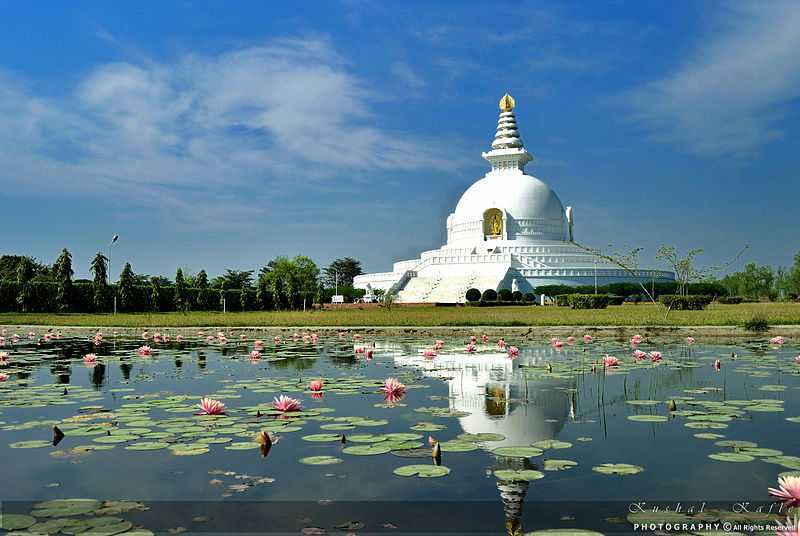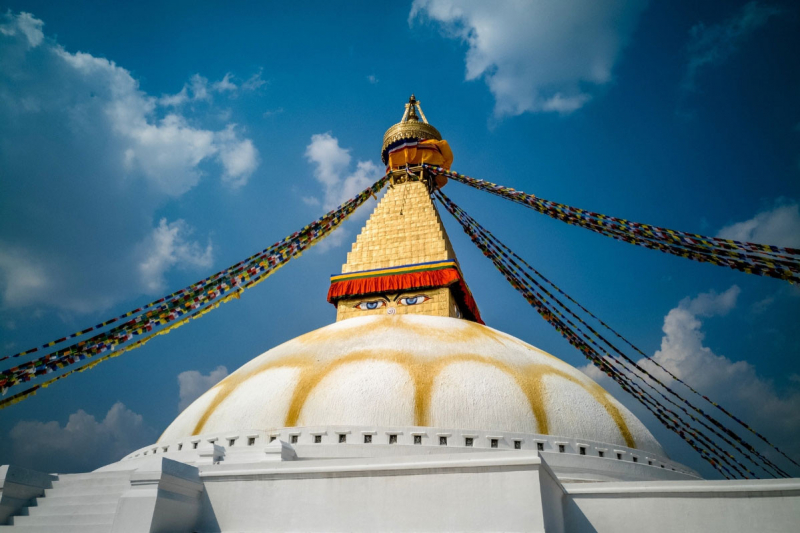UNESCO World Heritage Sites
There are nineteen UNESCO World Heritage Sites in Nepal, some of which are more than 1,500 years old. The World Heritage Sites of Nepal, nestled within the Himalayan biodiversity, represent the country's sacred Newar, Malla, and Indo-Tibetan history and craftsmanship, paying homage to ancient civilisations, reigning dynasties, and flora, topography, and fauna of great global worth. The Kathmandu Valley alone has seven UNESCO World Heritage Sites, including some of the world's oldest capitals. UNESCO classified heritage sites into several groups. Religious heritage, cultural heritage, and natural heritage are the three types of heritage.
Religious Heritage Sites include Lumbini, Pashupati Temple, Boudhanath Stupa, Changunarayan Temple, and Swayambhunatha Stupa.
Cultural Heritage Sites include Patan Durbar Square, Kathmandu Durbar Square, and Bhaktapur Durbar Square. Natural Heritage Sites include Chitwan National Park and Sagarmatha National Park.












